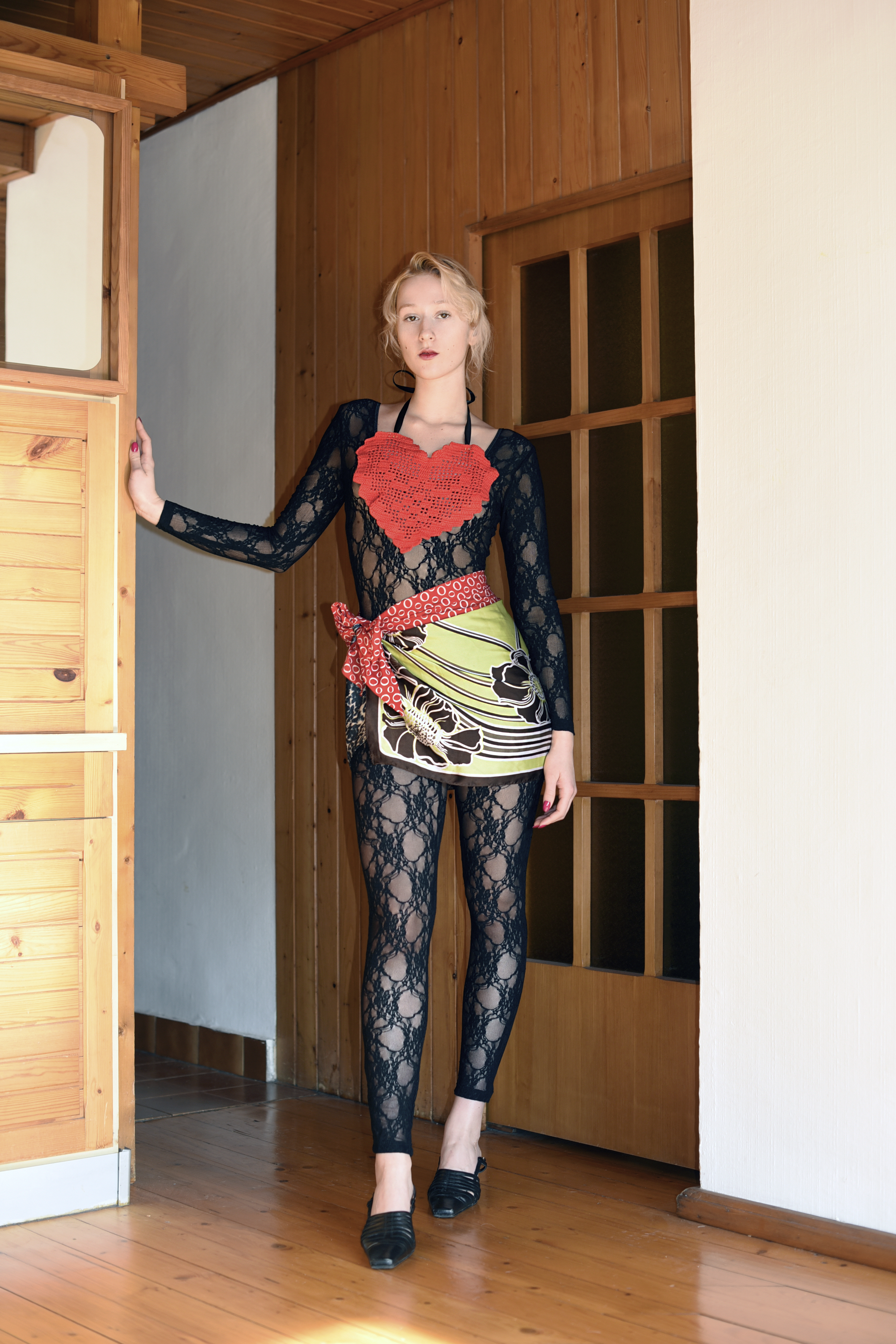
Interview with Dessislava Terzieva
March 13, 2023
Runner Magazine: So, I originally wanted to meet with you to discuss your newest series of work by *Paid Actor where you use scarves cut up, rearranged and sewn together in different combinations, but of course I’m sure this series will open up a conversation about other aspects of your work as well.
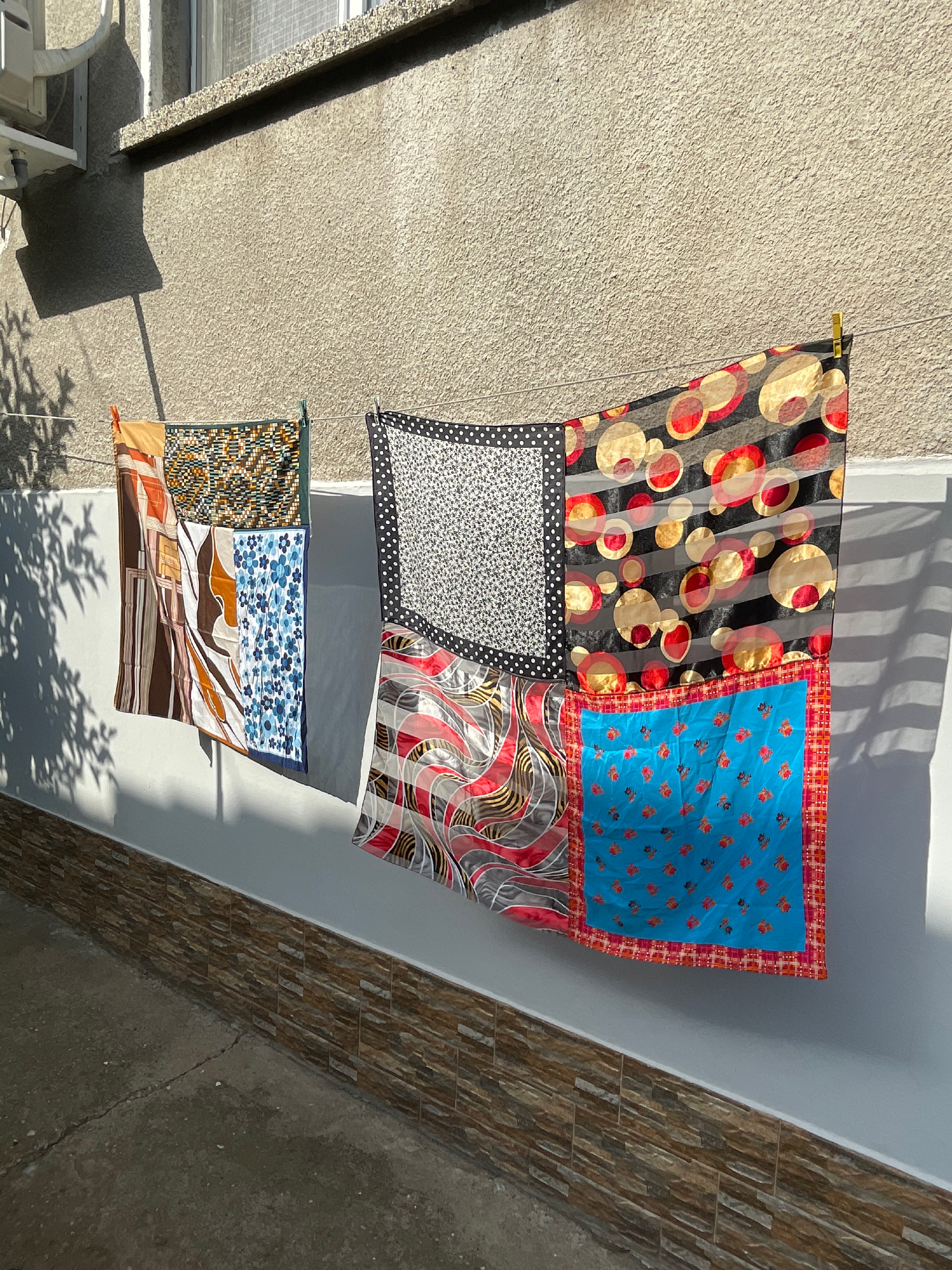
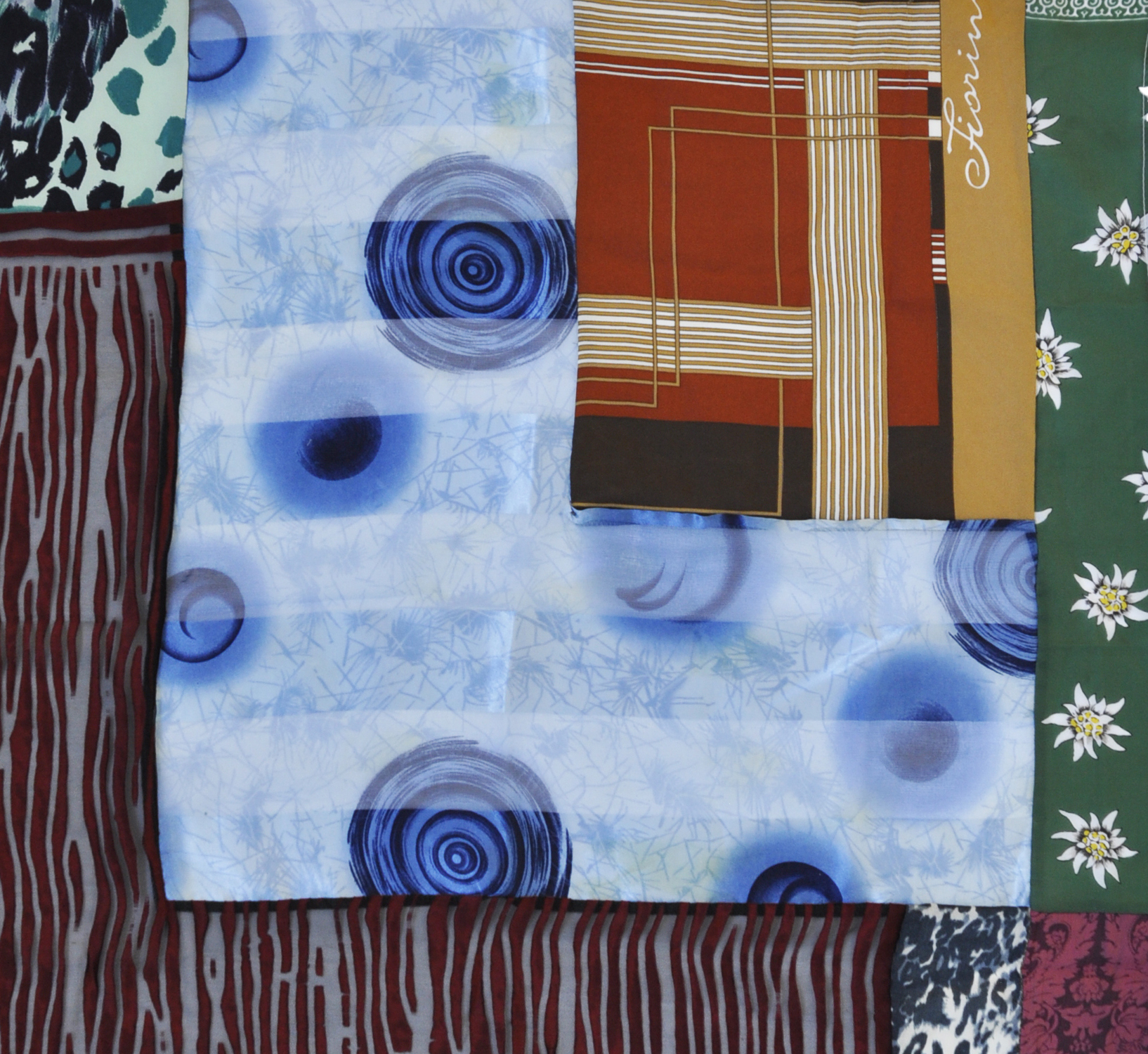
Dessislava: Yes, the scarf series is for *Paid Actor, but I have been using scarves as a creative material in so many ways for so many years. For instance, I created a piece in the past that consists of a scarf draped over a surveillance camera…
RM: Oh yes, I am familiar with this work of yours. Was this a piece you did before you started studying at Cranbrook?
D: This is actually work that I made while studying at Cranbrook. It’s called Only Grandma Can Judge Me. Another example of scarves being incorporated into my work would be a series of works that I considered portals. In these pieces, I put scarves in plastic laundry basins, solidified them with resin and hung them on a wall. The portals I started making in 2020, which was the first year I didn’t return to Bulgaria since immigrating to the US with my parents and brother in 1997. I have gone back and forth each year.
To describe my thoughts with the portals, I used the resin to freeze the fabric in time. Taking the laundry off the ground, which is typically something that is laborious and done on the floor, and placing it on the wall the way we would a painting takes it out of the very rural, every-day context and elevating it to something that is a little more clean and contemporary; subversively placing it where it doesn’t belong.
RM: I feel like you have always played with the dichotomy between working-class/everyday objects and the fine art or high fashion world.
D: Yes, that dichotomy has always showed up in my work. And there has always also been a sort of underlying sense of humor, like I am going to take this thing that I see everyday in this specific environment and place it elsewhere. For example, Cranbrook Museum acquired a work of mine, which consists of plastic bags, another material that I work with a lot. The fact that a specific brand of Bulgarian plastic bags is now in their permanent collection is interesting to me. Someone from Eastern Europe can walk into the museum and see parts of themselves, part of their culture and their socio-political history there - I get such a kick out of that.
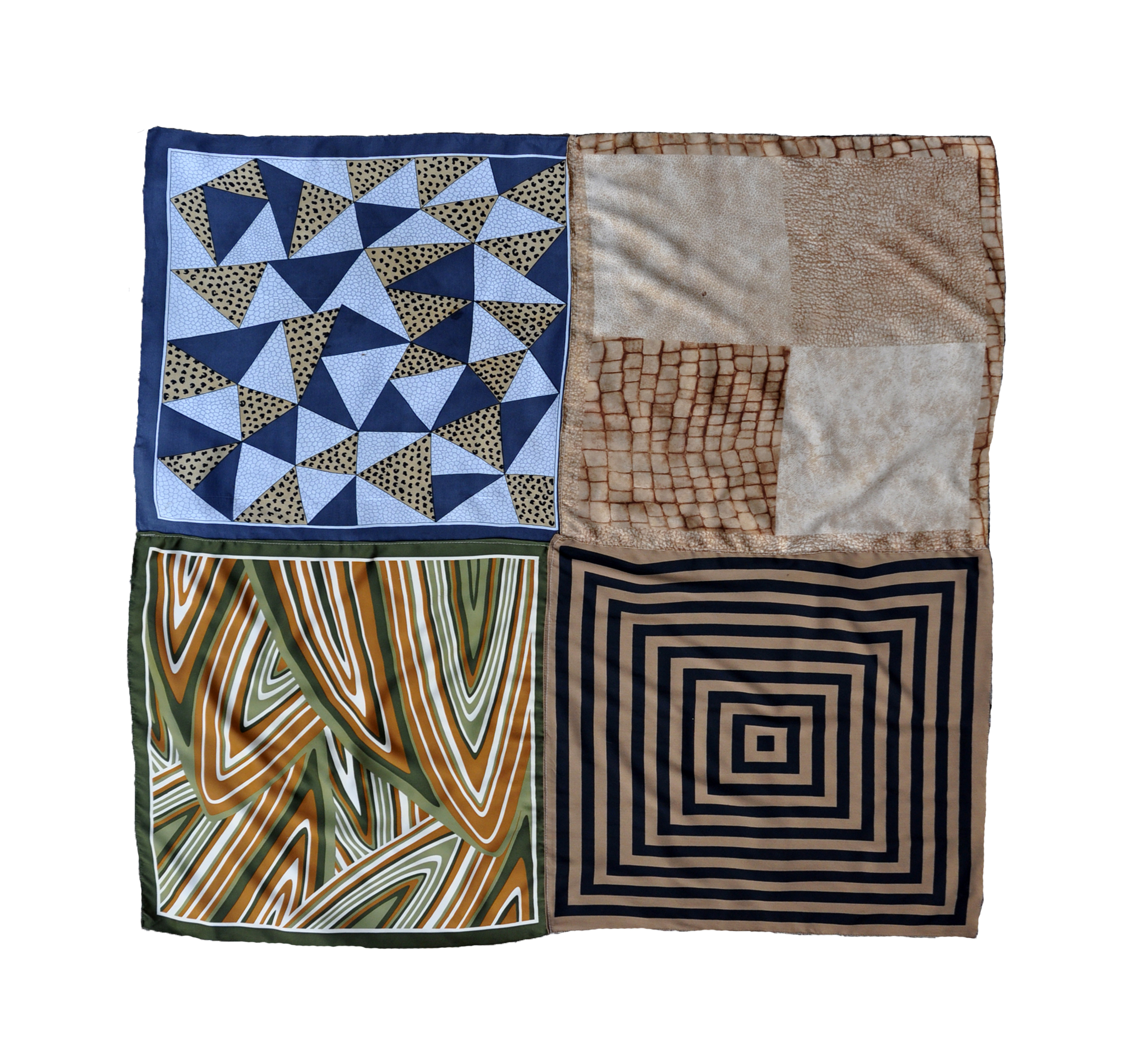
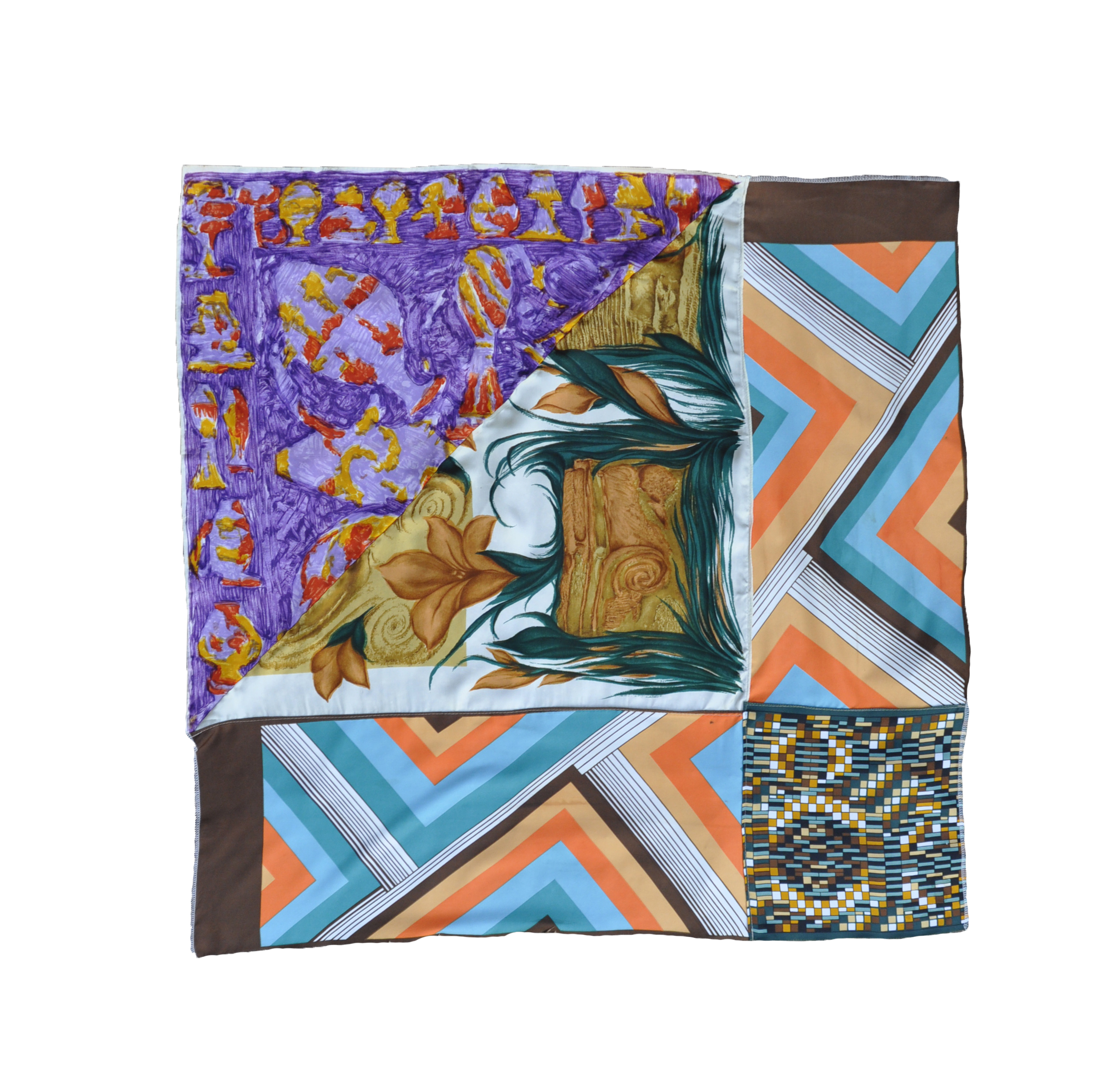
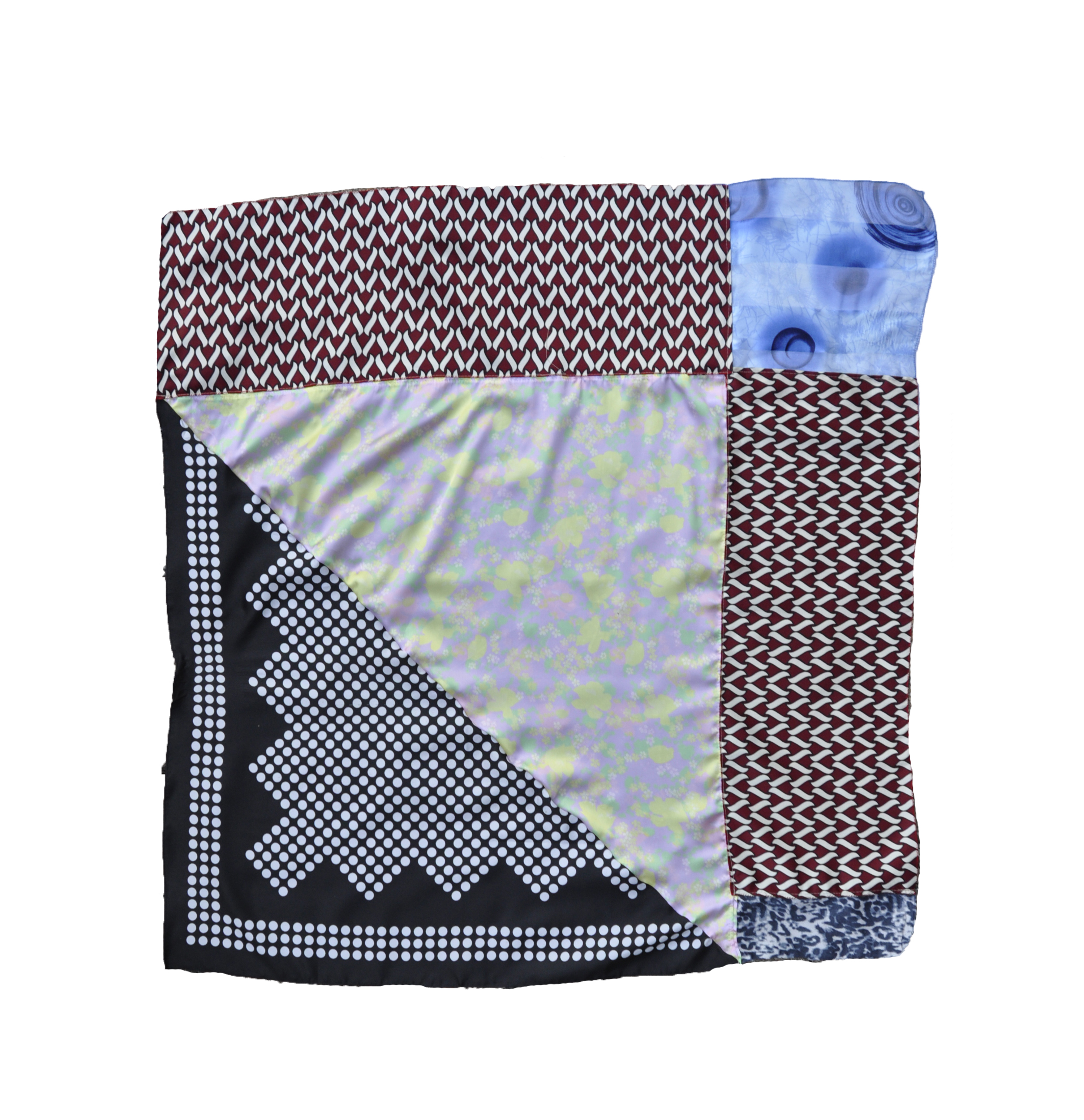
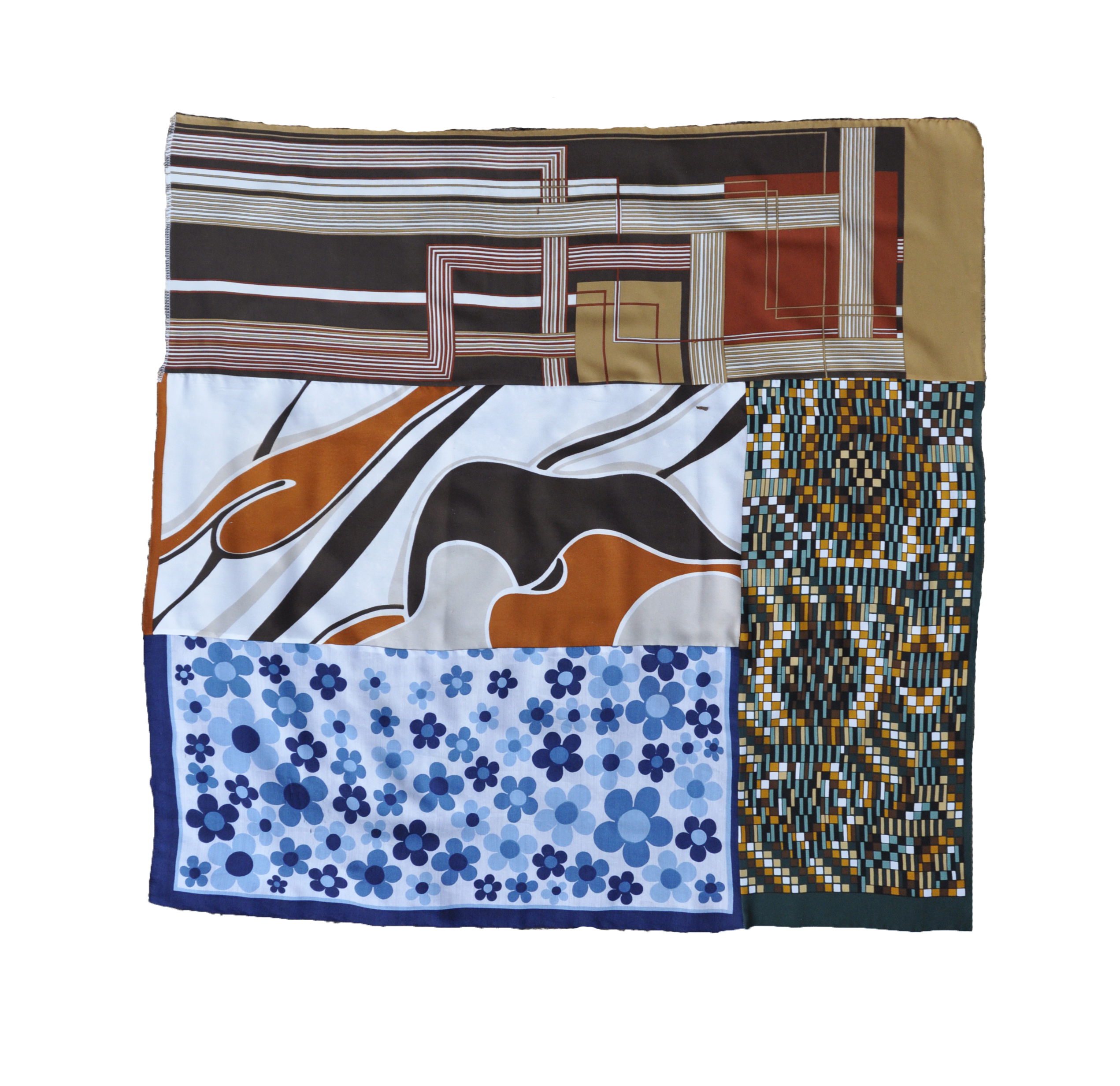
RM: And how would someone know that the bags are from Bulgaria?
D: Good question. So, I could go into a quick background on that...back in Communist times from the 1940’s to 1989, there were very few places to shop. Everyone bought their stuff from the same few stores, everyone wore the same thing. It was very simple, there was no importing from anywhere so everyone sort of looked the same. The making of specialized plastic bags actually began in Russia. They started printing flowers and/or brand names on them. So you would have a plastic bag that said like Hugo Boss or Versace or something and because everyone had the same things, this plastic bag became like a status symbol and a luxury item. The women would wear the plastic bags with flowers on it almost like a proper handbag.
RM: So it was like a plastic bag that you would get at a Meijer here?
D: At a basic everyday store here, yes. But most of the time, someone walking around with that bag does not have groceries in it and the ones in Bulgaria are somewhat more durable.
RM: But how would a plastic bag end up with a Versace logo on it?
D: The decorated plastic bags were bootleg and sold in stores. They actually still have them, but the interesting thing about that is that back in the day, because there was such a material scarcity, they ended up being a luxury or sorts. They would wash them, hang them out to dry, fold them and put them in a closet until they were ready to use them again. My grandma and aunt do that, and I grew up watching that sort of behavior. The scarcity that prompted such behavior doesn’t exist at the same extent, but the mentality behind it does. It’s like they can’t get rid of it, it has become a part of the culture. But, this behavior is more so within a certain demographic and age range, because the young people other than me would not be caught dead walking around like that
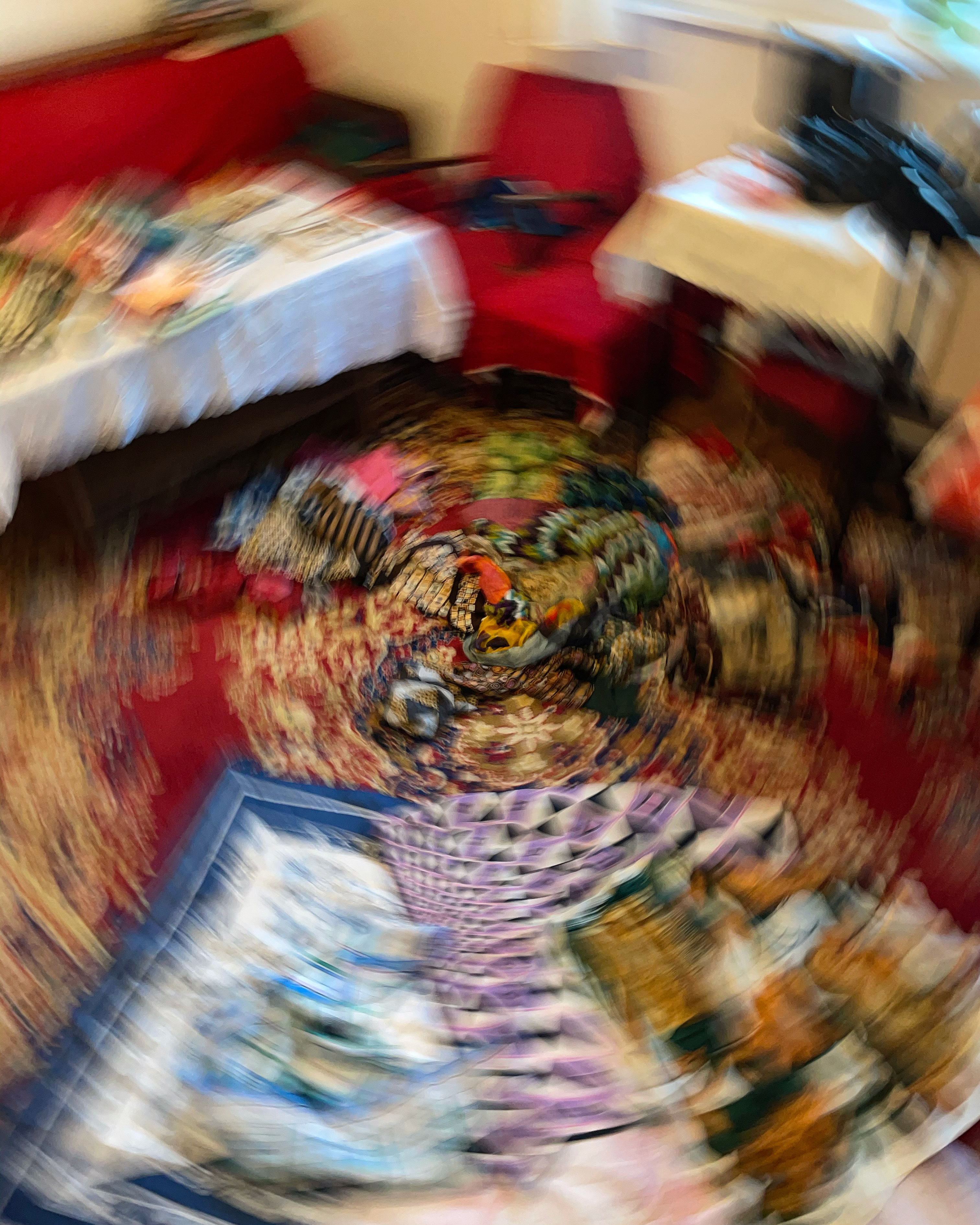
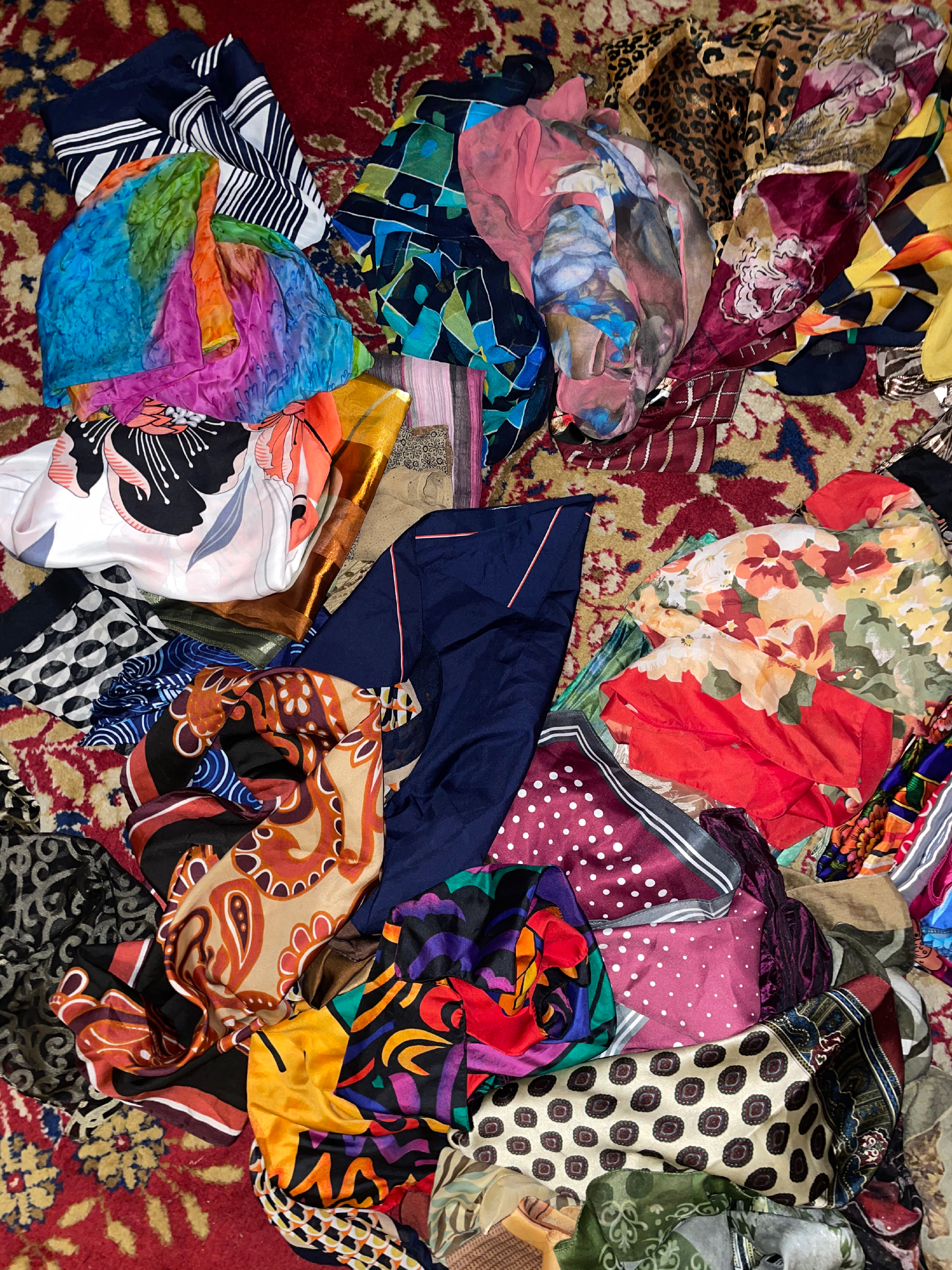
RM: Very interesting and helpful for understanding your work. Let’s get back to the scarves for *Paid Actor...
D: Yes, so for the scarves, I sourced the majority of my material from Bulgaria. The portals project that I did at Cranbrook was not considered a part of *Paid Actor, but I was using the same materials. The scarves that we are talking about now are considered part of *Paid Actor.
*Paid Actor almost began because I have worked with textiles in my art practice and I have left over scraps and I never want to throw anything away. That also comes from the Communist mentality where everything has to be used and reused, turned into something else. This sustainability and resourcefulness by way of survival is in contrast to actually intentionally being “green”. But anyways, I would use these leftover materials from my art practice for something else that may be more functional and wearable.
The majority of my family is still in Bulgaria. My parents, my brother and I emigrated here but everyone else is there. One of my Grandma’s is in the capital, Sofia, and my other grandma is in a small town. When I go to visit the latter, I go shopping at the thrift stores and there are always so many interesting garments there; they have such weird and unique things that come from God knows what countries.
RM: And the pop-ups that you throw for *Paid Actor often have clothes that you find at these thrift stores as well as clothes you make.
D: Well, the pop-ups are a way to create some sort of environment and context for clothes. It has never really been just about clothing itself. The pop-ups bleed into my installation work; sometimes there is a movie involved, there are sculptures and installations.
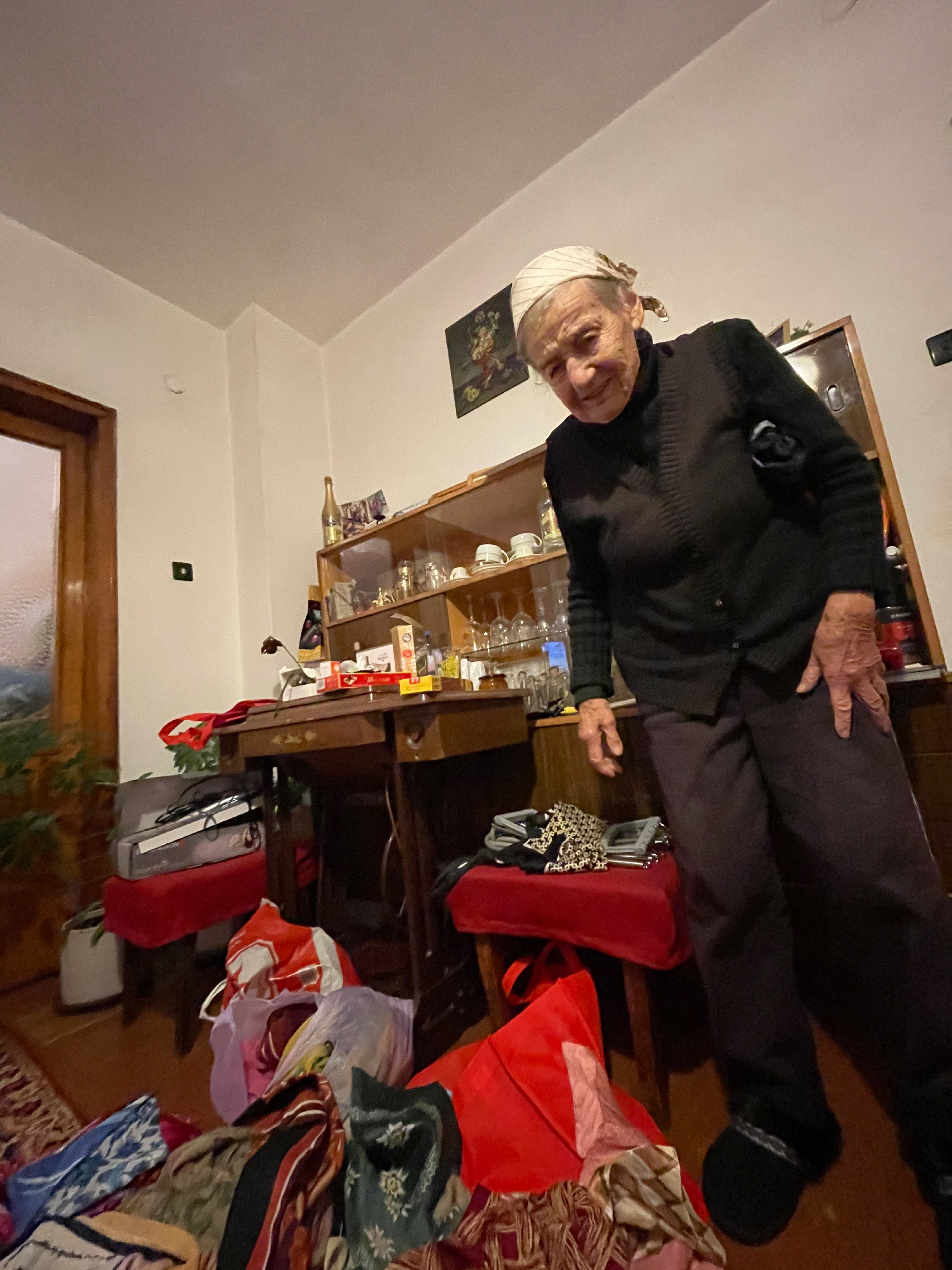
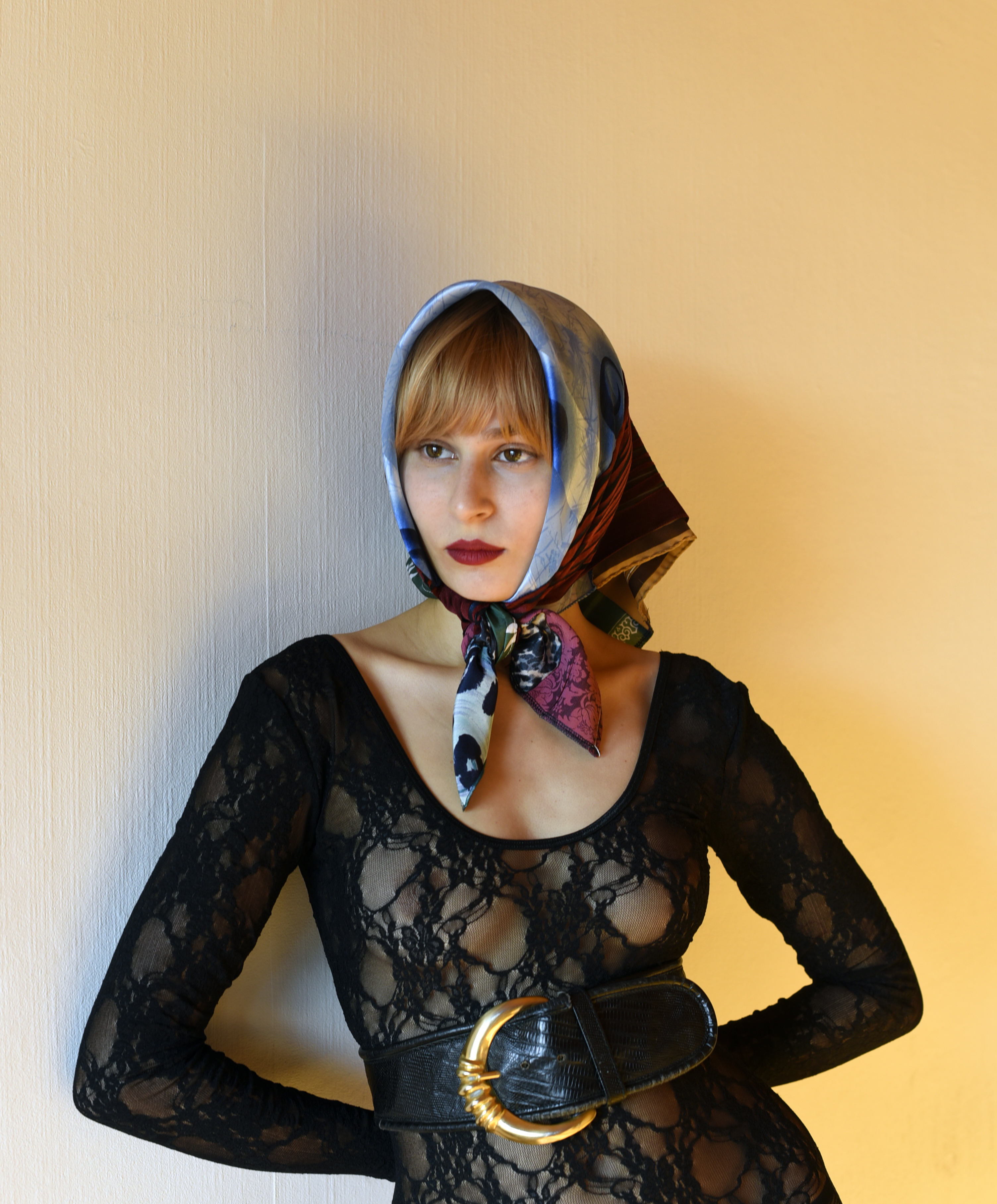
When *Paid Actor first started, it was basically just me calling friends and having them come over for me to photograph them in the clothes. I then made the Instagram page and posted the photos but no-one knew it was me. I stayed anonymous for as long as I could, which lasted about a year. By the time I had my first pop-up, the word was out that it was me.
RM: What year did *Paid Actor start?
D: I would say around 2017 or 2018. It’s something that I don’t do consistently, I truly only do it when I am inspired to. Prior to starting *Paid Actor, I had a project that I called Lawless while I was attending law school at Wayne State - I was taking business-wear and tie-dying it. It was a creative outlet that I had at that time.
I went to law school in 2013 for just one year and by the time I got accepted into the school, I already knew I didn’t want to do it. The tricky thing is as an immigrant child, my parents wanted me to take advantage of the American dream, get all A’s, become a professional - we didn’t come to America for no reason. I always had that in my head...and so I was going to become a lawyer. I was an all A student because I had that pressure, and then I started to make paper collages and decided to quit law school to become an artist.
Looking back at my practice from then until now, at the end of the day I am a collage artist, everything I make is a collage when it comes down to it. I take things that already exist, I recombine them and make a new entity. As an immigrant living between the US and Bulgaria, I feel like this really represents my point of view, always living in the in-between. And this isn’t really only the immigrant condition but really the perspective of anyone who feels a sort of outsider-ism.
RM: Why did you decide to separate your fine art practice from your work as *Paid Actor?
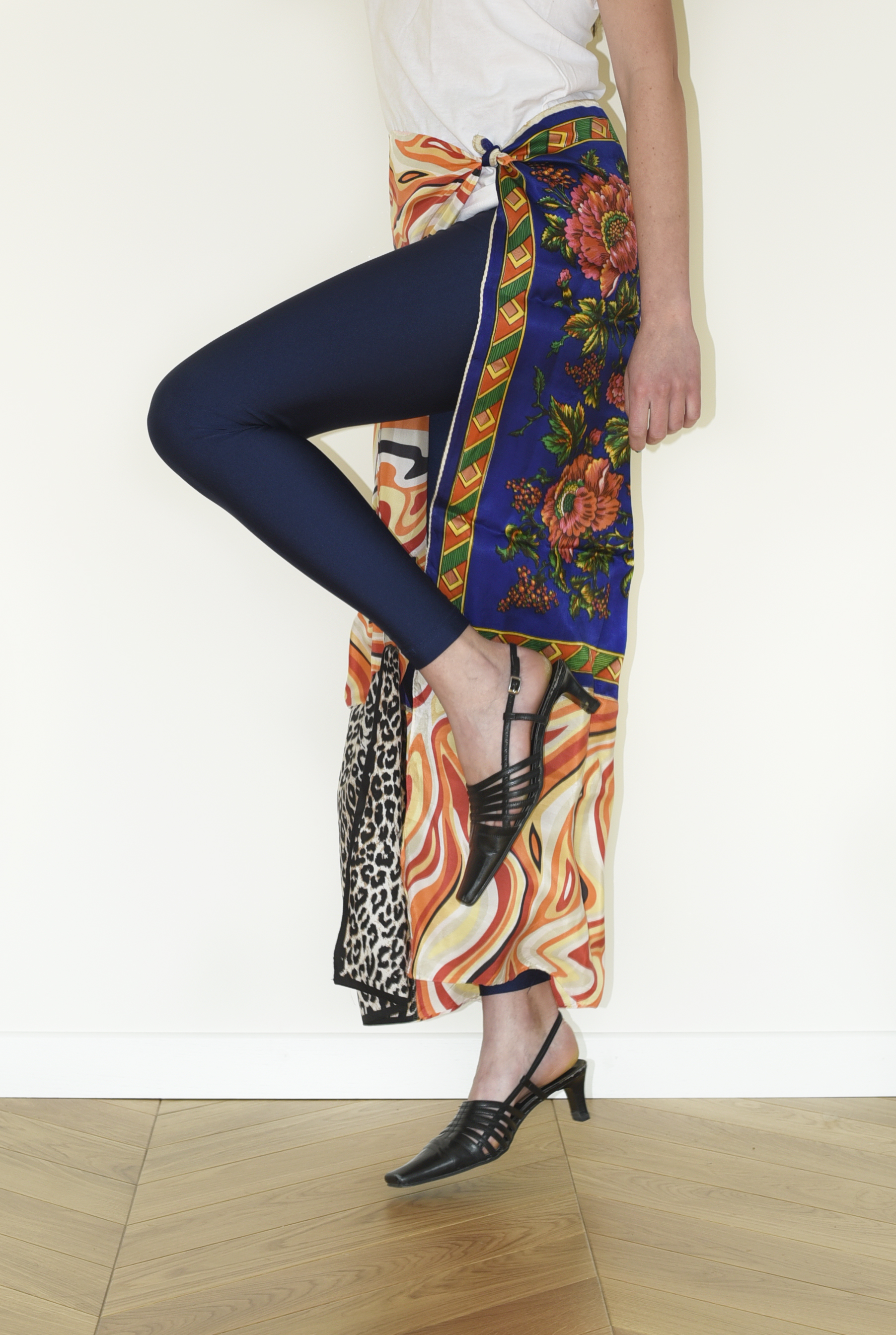
D: I feel like I still struggle with understanding why, but I think the conversation being had is a little bit different. *Paid Actor is another outlet for a similar source, but I think with *Paid Actor, there is a lot more playfulness and the audience is a big part of it. The clothing gets activated by other people. I tend to do all my own photo-shoots because it is really fun for me to see the models express parts of themselves that are not always activated. *Paid Actor allows me to have a more direct relationship with somebody through something that I have made.
RM: So back to the scarf series, are all of the scarves from Bulgaria?
D: They’re not only all from Bulgaria, but they’re from the same three thrift stores in Kystendil, Bulgaria. This is actually an interesting manifestation that came from the past three years of my life. Since I graduated from Cranbrook, I decided to get rid of my apartment in Detroit, sell any furniture I had and basically live out of suitcases until I figure out where I want to ground myself. I decided to fully lean into that lifestyle without over-thinking what it means to be totally transient. So what happened was, I went to Europe and spent 6 months in Bulgaria, which is the longest time I have spent there since I was a child. The main reason was to visit my grandma. Specifically, my moms mom and I have a close bond and I realized in my teenage years how abnormal it is to only see someone for 2-3 weeks a year and still really know each-other, so my commitment has always been to go as often as I can for her. Because she lives in a small town and I am someone who always needs to be stimulated, I have been working on *Paid Actor when I am visiting her.
It really has become a family affair because my aunt would always go with me thrifting and watch me sift through things, so now when I am not in the country, she has made it a habit of going for me; it has sort of become her project too. I am the only artist in the family throughout the whole history of my family’s existence, they do not really understand what I do and why I do it but it seems like they enjoy helping me. I have been working in my grandma’s living room, she just watches me lose my scissors and juxtapose patterns that don’t make sense. It can be very comical. They do start to understand more though when they see it completed and on a model in a photograph.
RM: I was actually just going to ask you, what is the goal that you have for *Paid Actor? Is it to explore textiles, combine things, play with collage through fashion?
D: Yes, I am exploring the potential for textile collage through fashion and also continue to recycle and recreate. At the moment, *Paid Actor is a project that will keep evolving as it needs to, there really is no long term business plan or concrete definition of the project.
RM: How would people be able to access the work of Paid Actor to see in person or purchase?
D: People can access the work through either the website or Instagram. I have also sold my work at stores before but I am not so interested in making my work become widely available the way that a fashion brand would. All of the work that I make is one-of-a-kind and each one needs to be photographed, which takes a lot of time. I am actually thinking that *Paid Actor will most likely also lay dormant for the time being until the next time that I go to Bulgaria and can get more material to work with.
A: Could you go into your process a little bit regarding how you have been using scarves to create fashion items? For instance, the ones I saw were scarves that can be used as bags.
D: Yes. There is a certain method of tying, which is actually Japanese, which allows the scarf to be used as a bag. It can also be used as a head wrap, a skirt. The scarf is a timeless classic that can be used in many ways and has always been like that. It is also symbolic for many cultures. The scarves that I have created for *Paid Actor are basically collages of smaller pieces of scarves that I have sewed together.
In addition to the square pieces that are multi-functional, I also have pieces that I cut and combined with an elastic strap. It could be a top, it could be a skirt. And then there are the ones that I just cut completely down the center and they could be tied and wrapped around the body in all different ways. Going back to that mentality again from Communist times that I inherited from my family, I am always making work that can be worn in as many different ways as possible.
RM: Do you have any influences in the fashion world that you are interested in that you could align *Paid Actor with?
D: I definitely love Vivianne Westwood and the costume-esque vibe of her work. I love Margiela forever as well. I love Margiela because he remains so anonymous. I think even in art, my favorite people are relatively private with their practice and how much they say about their work. Isa Genzkens and David Hammons for example, they’re both in their 80s, they have given like 10 interviews throughout their entire careers. From watching these artists and others who are also enigmatic like them, my biggest take away is “say less” and allow the work to speak for itself.
